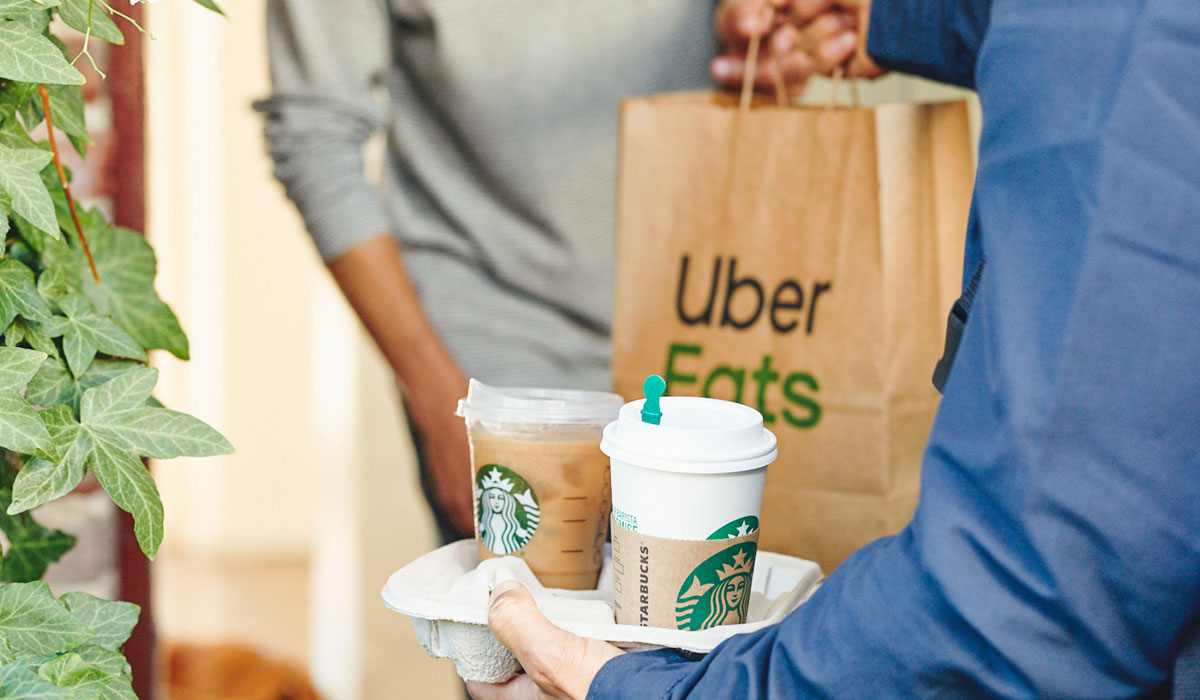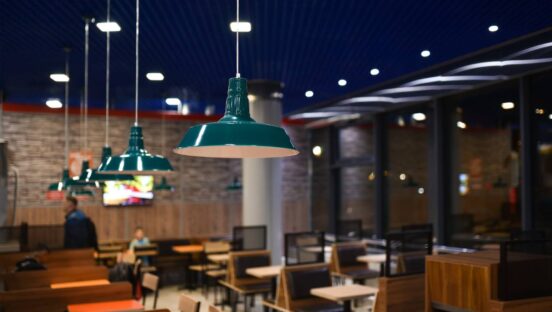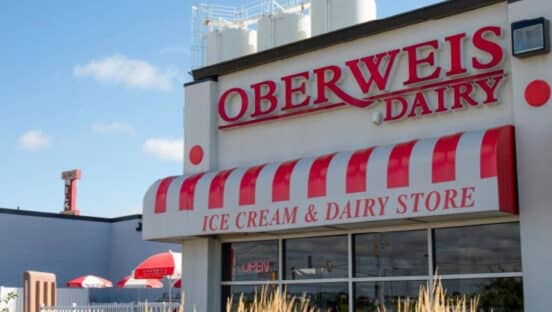In today’s fast-paced and hyper-connected world, saving time is not only a luxury, but also a powerful currency. Enter third-party delivery services.
About five years ago, services like DoorDash, Grubhub, and UberEats exploded into the dining world. It’s estimated by strategic consulting firm Pentallect that the third-party food delivery market is now valued at $13 billion, with an expected annual growth rate of 13.5 percent.
Restaurant management software company Upserve reports that ordering and delivery have grown 300 percent faster than dine-in traffic since 2014, and that orders placed via smartphone and mobile apps will become a $38 billion industry by 2020.
Furthermore, 60 percent of American consumers say they order delivery or takeout once a week, and 31 percent say they use third-party delivery services at least twice a week, also according to Upserve.
But, despite all of the skyrocketing numbers in favor of third-party delivery, Upserve reports that 70 percent of consumers still say they’d rather order their meal directly from a restaurant that prepared it.
Why do consumers prefer sourcing food from the restaurant itself? The short answer is the old adage, “too many cooks spoil the broth.” The long answer is that there are any number of issues with third-party delivery services, from late arrival times to tepid temperatures upon delivery to incorrect orders and even drivers eating the food they’re supposed to be delivering (unbelievably, US Foods reports that around one in four delivery drivers admit to sampling their customer’s food).
“One of the biggest friction points when it comes to third-party delivery is a nervousness from the customer wondering, ‘What’s happening to my food?’” says Todd Madlener, vice president of operations at health-forward chain Coolgreens, a brand that’s working on enhancing the security of its delivery packaging to gain more control over the process.
Andrew Park is vice president of customer experience strategy at InMoment, a customer feedback management company. In order to mitigate the risk and measure the effect these third-party delivery services are having on business, he says it’s important for brands to seek communication with and feedback directly from the consumers themselves.
“One way restaurants can go about this is by white-labeling the delivery vendor [or keeping the ordering process in-house via a restaurant-specific app or site] during the online order process so that they have that client’s contact information. Then, they can send a follow-up email directly to the customer the day after delivery to ask about their experience,” he says. “Third-party delivery vendors are a blind spot when it comes to restaurants trying to get feedback, and it does impact their reputation.”
Park adds that it’s critical to uncover the key factors that determine whether or not they’ll order from a certain brand again using a third-party delivery service.
“The restaurant brands making progress are the ones implementing solutions that give the brand as much control as possible in getting feedback directly from the consumer,” he says.
Naturally, third-party delivery has its legal implications, as well. Who’s responsible when something goes wrong? When a third party is involved, a lot of the liability falls on its employer, the dispatcher, rather than on a brand, but the brand must also agree to relinquish control over the driver.

“If the driver is a contractor with respect to the restaurant, the restaurant’s liability is greatly reduced—but so, too, is the ability of the restaurant to direct the conduct of the driver,” says Jonathan Mazer, who specializes in litigation around independent contractor issues at New York law firm Schlam, Stone & Dolan LLP, where he is a partner. “When the drivers are contractors, each element of control is dependent on the agreement between the driver and the party dispatching the driver. Depending on what specifically the restaurants seek to control, one approach is not to impose rules, but to offer incentives.”
The legal waters are murky when it comes to the rules on third-party delivery drivers and who bears the responsibility and liability when there are issues. Workers in the gig economy are labeled as “independent contractors,” meaning they don’t receive overtime, health insurance, reimbursement for business expenses (gas, tolls, etc.), or a minimum wage.
However, many drivers are filing lawsuits alleging misclassification, citing that they are often told when and where to report for shifts and await deliveries and how to dress, among other demands.
In 2017, DoorDash settled with almost 34,000 drivers to pay $5 million for misclassification. In 2018, a California judge ruled that Grubhub drivers are independent contractors, not employees.
“Employer liability depends on whether the delivery driver is an independent contractor or an employee. If the driver is an independent contractor, the main liability of the party who engaged the driver is to pay the driver according to the contract and otherwise comply with the contract with the driver,” Mazer says. “What recourse restaurants have against outside parties such as dispatchers and drivers depends largely on the contractual arrangements between these parties.”
This cloudy legal territory points to a need for the brands themselves to make changes to elements in the delivery process that they can control, as opposed to relying on increased driver control.
Coolgreens recently implemented a tamper-proof bag with a design that shows a customer when it’s already been opened upon arrival. The bag evolved from guest feedback in early 2019 across all of Coolgreens’ locations that reported incorrect orders and missing items. Rather than point the finger at the delivery service, Coolgreens saw an opportunity to shoulder the responsibility for making sure every order was arriving to its destination exactly as the recipient had ordered it. This not only protects orders, but also boosts customer trust in the brand itself.
Madlener says that since units started using the tamper-proof bag system, there has not been a single complaint of food missing or a wrong order.
“When a guest experiences friction, the likelihood of them returning plummets. The tamper-proof bag takes the friction away, so they don’t have to worry if the food is tampered with or holds an accurate order,” he says. “It allows us to build trust with our guests.”













